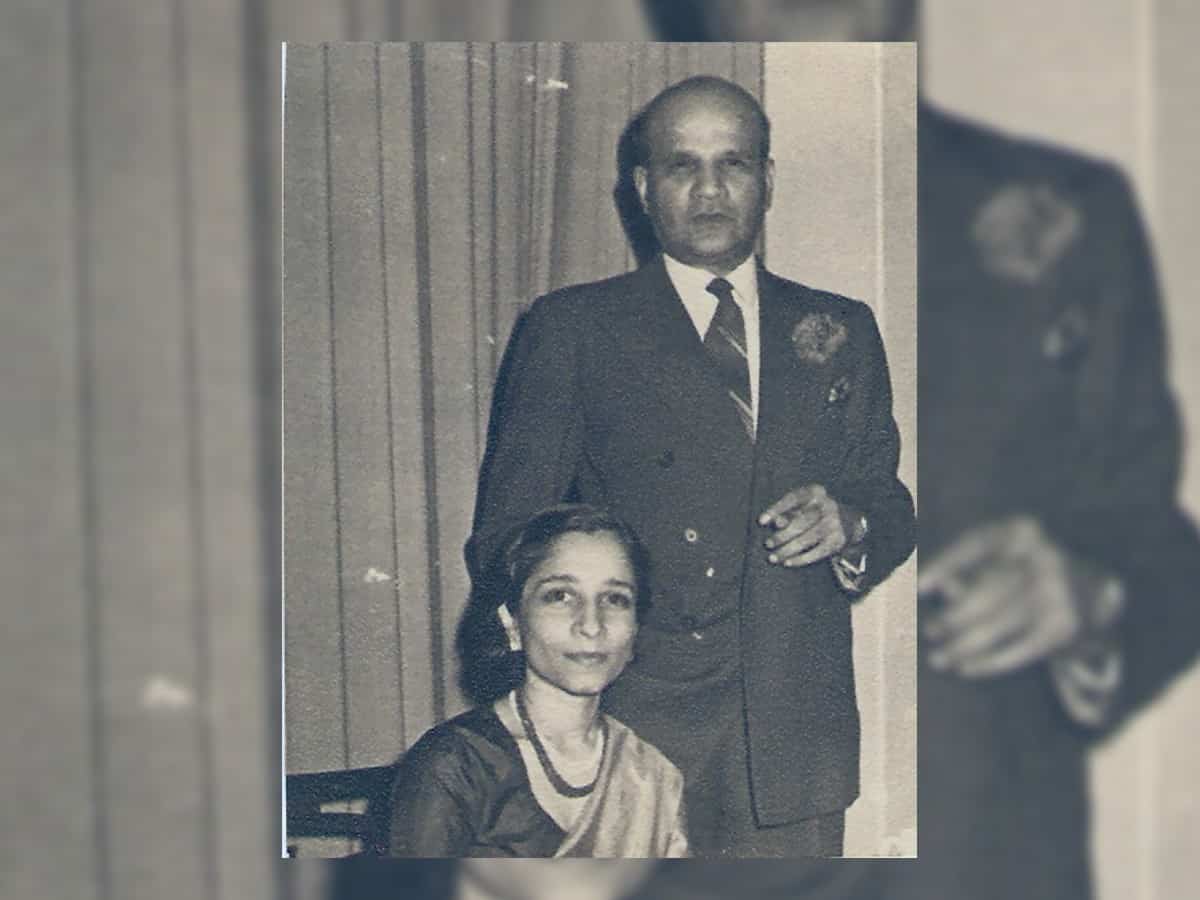Hyderabad: Pingali Venkaiah is often considered the designer of the Indian national flag, which was approved by the constituent assembly on July 22, 1947. He presented the idea of the flag to the All India Congress Committee meeting held in Bezawada in the year 1921. However, contrary to popular belief, it was Suraiyya Tyabji, a Hyderabadi woman who created the final design of our current national flag.

Designing the National Emblem
To design a national emblem representing Indians, a flag committee was set up headed by Dr. Rajendra Prasad in which Badruddin Tyabji, an Indian Civil Servant and Suraiyya’s husband was a member. Hundreds of designed poured in and the committee members found British imageries in them.
Suraiyya, then, created the National Emblem by adapting the Lion Capital from the Sarnath Ashoka Pillar and replacing the charkha with another Ashokan motif—a Dharma Chakra. The Dharma Chakra was later used in the national flag too.
Controversy around the original designer
Many versions of the national flags were designed. Venkaiah was the designer of the Swaraj Flag of the Indian National Congress. It was initially decided that his flag with Gandhi’s Charkha positioned at the center would be the national flag. The idea received a lot of opposition, for a party flag cannot represent an entire country.
It was then the Tyabji couple was given the responsibility to design the national flag too. Suraiyya specified the fabric and color shades of the flag exactly in her design.
However, neither Badruddin nor Suraiyya claimed any creative ownership of their design. English historian Trevor Royle in his book ‘The Last Days of the Raj’ only mentioned Badruddin Tyabji as the original designer.
A research by Hyderabadi Historian Capt. Lingala Panduranga Reddy, President of Voice of Telangana, threw light on the actual designers of the tricolor. A study by the Flag Foundation too credits Suraiyya as the designer. Suraiyya is also known to have closely supervised the sewing of the first flag which was later presented to Jawaharlal Nehru, the first Prime Minister of Independent India.
Liberal, emancipated and proudly Indian
Born in 1919, Suraiyya was the niece of Sir Akbar Hydari, Prime Minister under the Seventh Nizam from 1937 to 1942. She was a reputed artist, who was known for her uncustomary and progressive outlook. She married Badruddin Tyajbi, who later also served as the Vice-Chancellor of Aligarh Muslim University.
Suraiyya was also a member of a few committees under the constituent assembly.
Laila Tyabji, daughter of Badruddin and Suraiyya, wrote describing her ‘amma’ for The Wire as— “Liberal, emancipated, proudly Indian and rather unconventional, given the times.”

